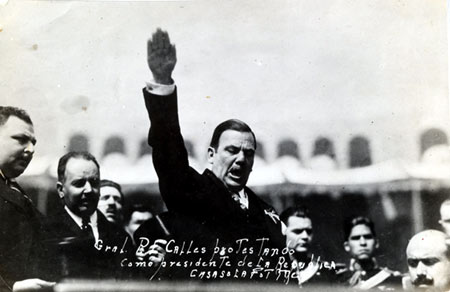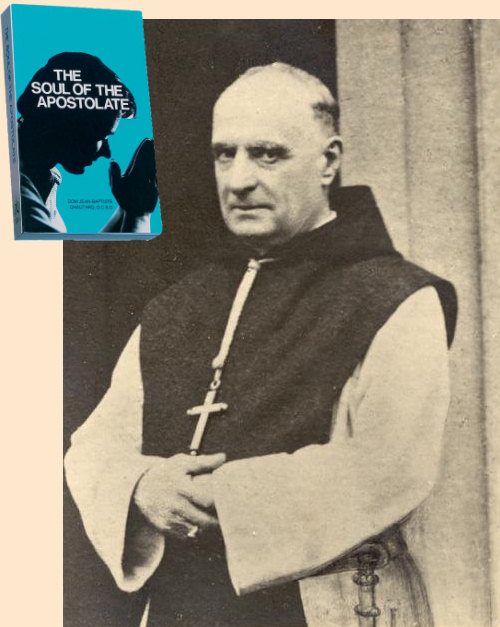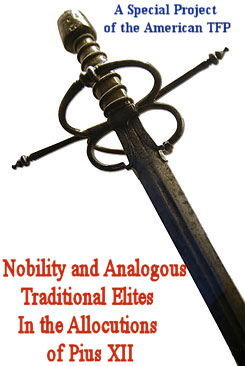2. In Relation To The Potential Counter-Revolutionary
Counter-revolutionaries should present the Revolution and the Counter-Revolution in all their aspects: religious, political, social, economic, cultural, artistic, and so on. This is necessary because potential counter-revolutionaries generally see the Revolution and the Counter-Revolution through only one particular facet. Through it they can and should be attracted to the total vision of the Revolution and the Counter-Revolution. A counter-revolutionary who argues in only one sphere — for example, politics — limits his field of attraction greatly, exposing his action to sterility and thereby to decay and death.
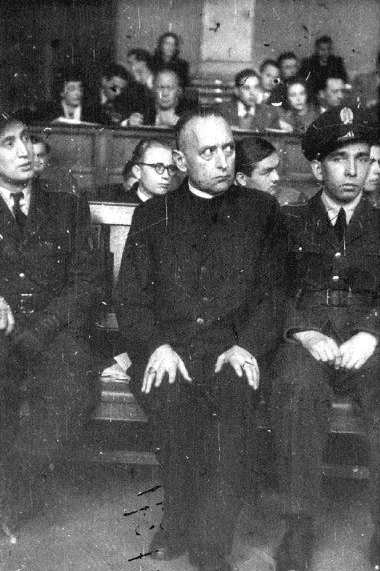
Cardinal Josef Mindszenty, Archbishop-Prince of Esztergom and Primate-Regent of Hungary, Servant of God, pictured here at his 1949 “show trial”, 1892 – 1975. Cardinal Mindszenty was imprisoned by the pro-Nazi Arrow Cross Party. After the war, he opposed Communism and it’s persecution in Hungary. As a result, Cardinal Mindszenty was tortured and given a life sentence in a 1949 show trial that generated worldwide condemnation. After eight years in prison, he was freed in the Hungarian Revolution of 1956 and granted political asylum by the United States embassy in Budapest, where Cardinal Mindszenty lived for the next fifteen years. He was finally allowed to leave the country in 1971. He died in exile in 1975 in Vienna, Austria.
3. In Relation To The Revolutionary
A. The Counter-Revolutionary Initiative
There are no neutrals in face of the Revolution and the Counter-Revolution. There may indeed be noncombatants, whose will or velleities are in one of the two camps, whether consciously or not. By revolutionaries we mean, then, not only the integral and declared partisans of the Revolution but also the “semi-counterrevolutionaries.”
The Revolution has progressed, as we have seen, by hiding its complete face, its true spirit, and its ultimate aims.
The best way to refute it among revolutionaries is to show it in its entirety, whether as regards its spirit and the general outline of its action, or as regards each of its apparently innocent and insignificant manifestations or maneuvers. To thus snatch away its veils is to deal it the harshest of blows.
For this reason, the counter-revolutionary effort must dedicate itself to this task with the greatest diligence.
Secondarily, of course, other resources of well-conducted dialectics are indispensable for the success of a counter-revolutionary action.
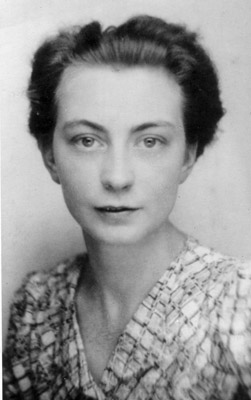
Andrée de Jongh (“Dédée” or the “Little Cyclone”),
a 24-year old Belgian woman who established the Comet Line. Click to read more.
There are certain possibilities of working together with the “semi-counterrevolutionary” as well as with the revolutionary who has counter-revolutionary “clots.” This collaboration creates a special problem: Up to what point is it prudent? As we see it, the struggle against the Revolution can only be properly developed by uniting persons who are radically and entirely free of the virus of the Revolution. It is very conceivable that counter-revolutionary groups may be able to work with the aforesaid elements for some concrete objectives. But to admit a total and continuous collaboration with persons infected with any influence of the Revolution is the most flagrant of imprudences and the cause of perhaps most counter-revolutionary failures.
B. The Revolutionary Counteroffensive
As a rule, the revolutionary is petulant, verbose, and strutting when he has no or only weak adversaries to face him. However, if someone proudly and daringly confronts him, he grows quiet and organizes a campaign of silence. One perceives amid the silence, however, the discreet buzz of calumny or some murmuring against the “excessive logic” of his adversary. But it is a confused and shamed silence that is never broken by any worthwhile rejoinder. In face of this silence of confusion and defeat, we could say to the victorious counter-revolutionary the spirited words written by Veuillot on a certain occasion: “Question the silence, and no answer will it make.”1
4. Elites and Masses in the Counter-Revolutionary Tactics
To the extent possible, the Counter-Revolution should try to win over the multitudes. However, it should not make this its chief goal in the short run. The counter-revolutionary has no reason to be discouraged because of the fact that the great majority of men are not presently on his side. Indeed, an exact study of history shows us that it was not the masses who made the Revolution. They moved in a revolutionary direction because they had revolutionary elites behind them.
If they had had elites of the opposite orientation behind them, they likely would have moved in the opposite direction. An objective view of history shows that the factor of mass is secondary; the principal factor is the formation of elites. For this formation, the counter-revolutionary can always use the resources of his individual action, and can therefore obtain good results in spite of the shortage of material and technical means with which, at times, he may contend.
1. Louis Veuillot, Oeuvres Completes (Paris: Lethielleux Librairie Editeur, n.d.), vol. 33, p. 349.
rcr-p2-chap5c
Plinio Corrêa de Oliveira, Revolution and Counter-Revolution(York, Penn.: The American Society for the Defense of Tradition, Family, and Property, 1993),Ch. V, Pgs. 84-87.
